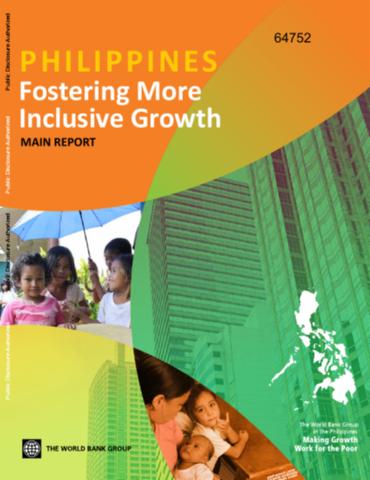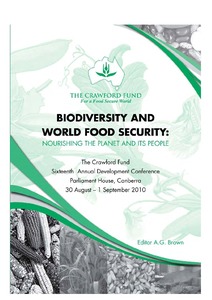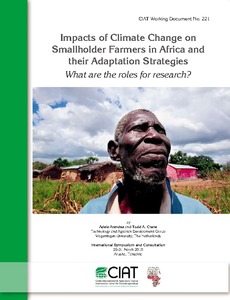Conservation agriculture (CA) in Tanzania: the case of the Mwangaza B CA farmer field school (FFS), Rhotia Village, Karatu District, Arusha
This project was initiated to promote conservation agriculture (CA) in Tanzania so as to improve the food security and rural livelihood of small- and medium-scale farmers through the scaling-up of CA as a sustainable land management (SLM) tool as well as increasing the numbers of SLM-CA farmer field schools (FFS) in communities. The project had two phases from 2004 to 2010. It was funded by a Government of Germany trust fund and implemented by the Food and Agriculture Organization of the United Nations (FAO) and the Ministry of Agriculture in Tanzania.










